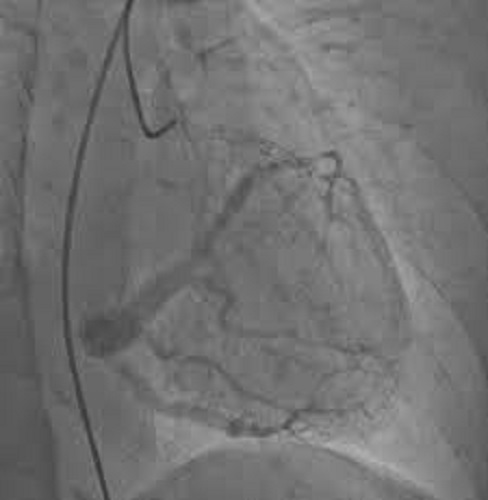It is a test and not a treatment. In this test a small pipe is inserted through our forearm into our heart and pictures are taken. This gives us information about heart blockages. This test hardly requires 10 minutes and it is pretty safe. This test is done on a daycare basis. We routinely do angiography in Nagpur as safely as possible. We do angiography by radial and femoral route.
Angiography is an imaging test that uses X-rays to view your body’s blood vessels. The X-rays provided by an angiography are called angiograms. This test is used to study narrow, blocked, enlarged, or malformed arteries or veins in many parts of your body, including your brain, heart, abdomen, and legs.
Angiography is carried out in a hospital X-ray or radiology department. It normally takes between 30 minutes and two hours, and you can usually go home the same day.
You’ll usually be awake for an angiogram, although general anaesthetic (where you’re asleep) may be used for young children.


For the test:
Sometimes treatment may be carried at the same time, such as inserting a balloon or a small tube to open up a narrowed artery. This is known as angioplasty.
Once the procedure is finished, the catheter is removed and pressure is placed on the cut to stop any bleeding. Stitches aren’t needed.
After the test, you’ll be taken to a recovery ward where you’ll be asked to lie still for a few hours to prevent bleeding from the cut.
You’ll usually be able to go home the same day, although sometimes you may need to stay in hospital overnight.
It may be possible to tell you the results of the test before you go home, but often the X-rays need to be studied in detail and the results are not available for a few weeks.
It may be possible to tell you the results of the test before you go home, but often the X-rays need to be studied in detail and the results are not available for a few weeks.
While recovering at home:
You will probably have some bruising and soreness for at least a few days.